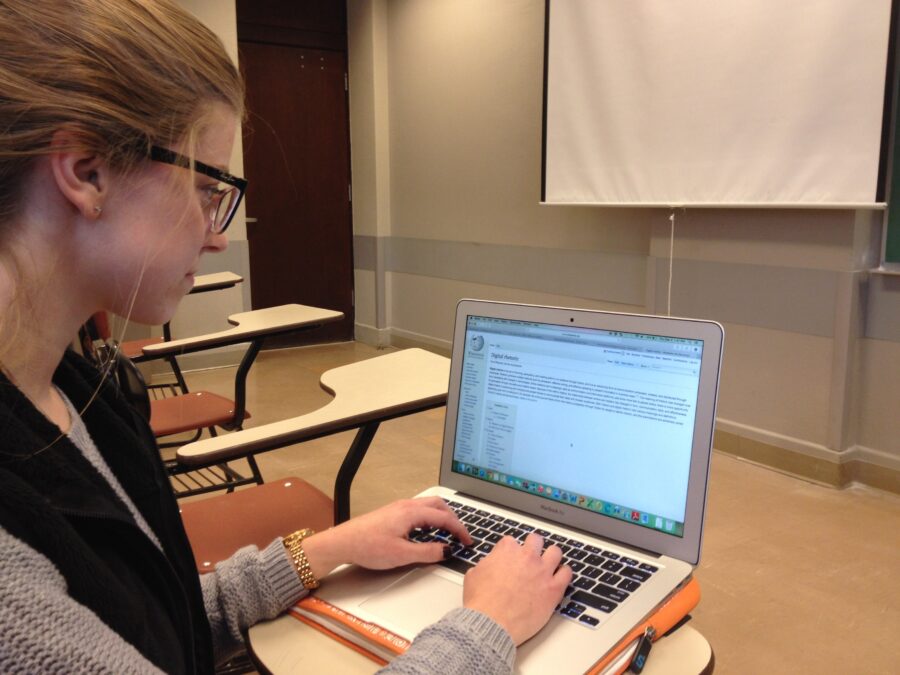Artificial Intelligence Banned In Schools
The New York City public school system has blocked access to the ChatGPT website on all of its computers, banning the artificial intelligence from use in school.

In a move that comes as a surprise to absolutely no one, the largest public system in the country, the New York City school system, has banned ChatGPT. For those that are unaware, ChatGPT is an artificial intelligence powered chatbot that lets users submit a prompt, such as “The meaning of Tom Sawyer related to life in the American South,” and then creates a reasonably written series of paragraphs on the topic. Futurism has been on the frontlines of reporting on AI intruding into our everyday lives, but with regards to school’s banning the website, the genie is out of the bottle.
The day after homework was first assigned is when academic cheating was created. While the New York City public schools have blocked access to the ChatGPT website, since when has that ever stopped a kid from getting to material that authority figures tell them not to use? From using VPN’s to finding holes in the school’s firewall, if a student really wants to use artificial intelligence to do their homework, no force on the planet can stop them.
First off, students could just access the artificial intelligence from their house, as it is unlikely parents have blocked the website, and again, when has that ever worked in the history of being a kid? Never, it has never worked, and by banning the website educators have made sure that every student is well aware of where to go to use ChatGPT. The Streisand Effect, which is the act of trying to get everyone to ignore something only magnifies that which is being obfuscated, is in full effect whenever an authority figure, especially a teacher, says not to do something.
Fortunately, teachers are trained to evaluate and grade student work, which will ideally allow them to figure out what has been written by artificial intelligence and what has been written by a human. ChatGPT is sophisticated and learning more every time someone submits a prompt, but it still sounds oddly hollow and does a poor job of capturing tone and nuance, while more advanced uses of language, including metaphor, simile, or understanding symbolism, are currently beyond the capabilities of the program. Specific writing styles, such as MLA or APA, also make it hard to properly utilize the program which to date, has difficulty citing sources.

While artificial intelligence can create amazing artwork or even help guide a defendant through their trial, it can not capture the layers of meaning behind Kurt Vonnegut’s Mother Night. Only humans have demonstrated the capacity to interpret and understand works of art, which will still not stop students across the planet from attempting to take a shortcut with ChatGPT’s assistance on their homework. If a historically C-level student suddenly turns in a well-written paper examining the role Jone Paul Jones had in the American Revolution, the teacher is going to go over the paper with a fine-toothed comb, ideally deducing if the student cheated on the paper.
With colleges and public schools banning ChatGPT, ironically, the program will only get used more. As an artificial intelligence, the more information put into it the better he output will eventually become, so while now it may be easy to identify the work of a human, as time goes on, that will become harder and harder. We are still far away from the day when computers no longer require humans, referred to as The Singularity, but on the other hand, we are also a lot closer today then we were just a few months ago.












